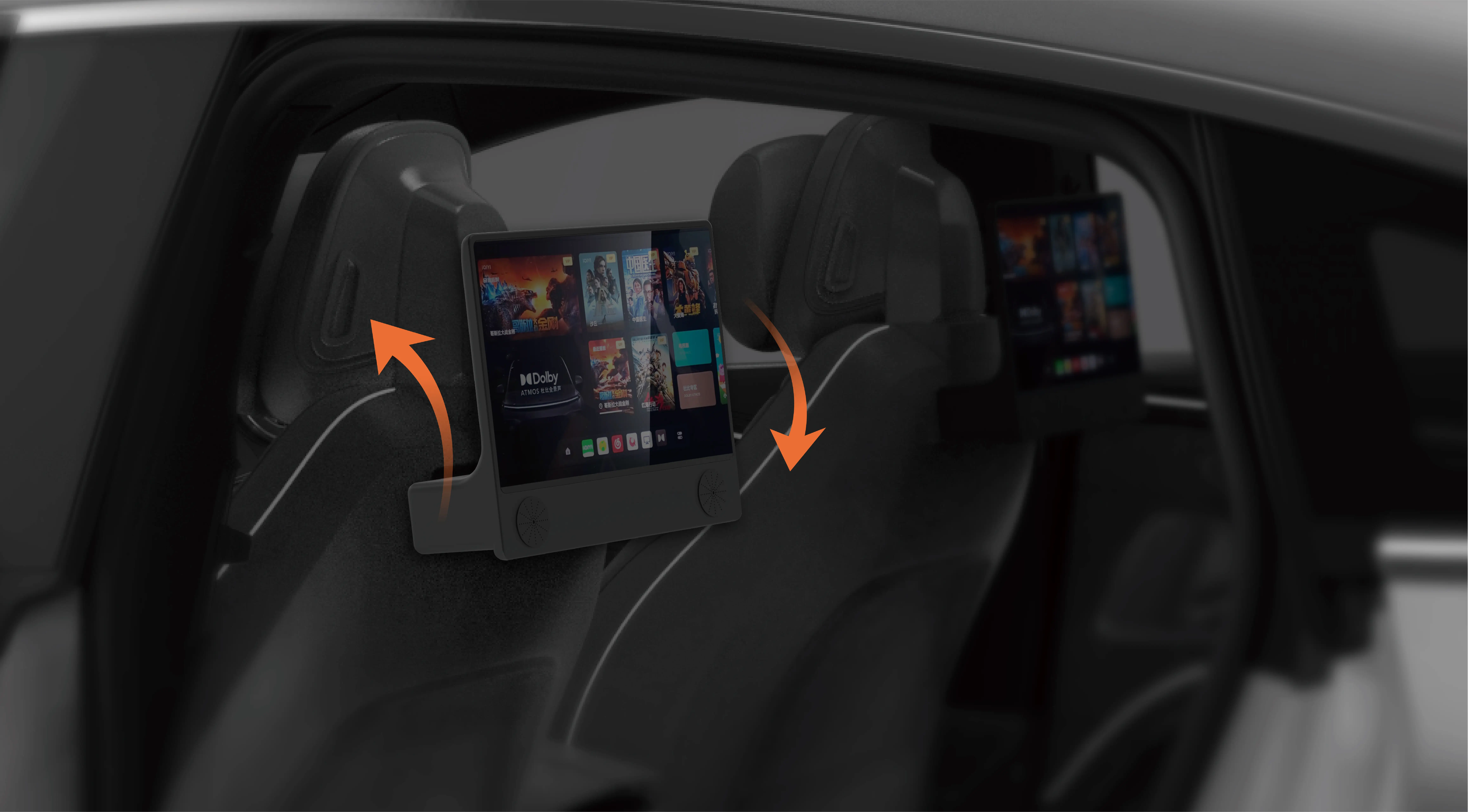Imagine a tiny powerhouse that seamlessly combines raw energy with meticulous control—a device so versatile that it can turn your ambitious robotic project into reality or streamline industrial automation like never before. That device is the 12V DC gearmotor. Often overlooked amidst the more glamorous aspects of engineering, these compact torque giants quietly do the heavy lifting behind the scenes, empowering innovations across every sector from hobbyist inventors to industrial giants.

At its core, a DC gearmotor is a motor that converts electrical energy into rotational motion, but what makes the 12V version stand out is its perfect balance of power, portability, and efficiency. The “12V” specification indicates that it operates optimally at a 12-volt power supply—an industry standard that offers a sweet spot between performance and practicality, making these motors compatible with most automotive, battery, or solar power systems.
Why does the 12V configuration matter? Because it strikes a middle ground—a voltage level that delivers substantial torque without demanding complex or bulky power systems. Whether you're designing a small robotic arm, a conveyor system, or an automated door opener, these motors offer just enough muscle to move loads efficiently while remaining lightweight and easy to incorporate into various designs.
One of the most exciting features of DC gearmotors is their gear reduction system. Unlike regular motors, which spin freely at high speeds, gearmotors contain gearboxes—assemblies of gears that reduce the motor’s rotational speed while increasing torque. Think of it as a bicycle gear system: shifting to a lower gear makes pedaling easier, just as gear reduction in motors makes pushing and pulling loads more effortless.
This gear reduction capability is especially critical for applications requiring fine control and significant force. For example, in robotics, precise position control is often achieved with gearmotors because the gear system allows the motor to operate at a slower, more manageable speed, translating to smoother and more accurate movements. The significance of this cannot be overstated—it grants makers and engineers the ability to fine-tune their systems with surgical precision.
On the technical front, DC gearmotors typically feature various gear ratios—ranging from 3:1 to as high as 1000:1—giving users a wide selection based on their specific needs. A lower gear ratio results in higher speed but lower torque, suited for applications like spinning fans or conveyor belts that need rapid movement. Conversely, a higher gear ratio is perfect for lifting heavy loads or precise positioning, used elegantly in servomechanisms or robotic joints.
Durability and efficiency go hand in hand. High-quality 12V DC gearmotors often incorporate robust materials like hardened steel gears, sealed housings against dust and moisture, and premium bearings to ensure longevity even in demanding conditions. This resilience makes them ideal candidates for both indoor and outdoor applications, from 3D printers to agricultural automation.
Another advantageous feature is their power consumption. Designed to run on 12 volts, these motors are highly energy-efficient and compatible with common power sources like lithium-ion batteries or standard DC supplies. Smart wiring and control systems allow for seamless interfacing with microcontrollers, giving creators the ability to implement variable speed control, direction reversal, shutdowns, and even feedback mechanisms like encoders for exact positioning.
The rise of microcontroller integration—with devices like Arduino, Raspberry Pi, or specialized motor drivers—has made deploying 12V DC gearmotors more achievable than ever. With simple code, hobbyists and professionals alike can create intricate systems: from automated pet feeders to autonomous vehicles or even complex robotic arms capable of delicate assembly tasks.
But what about the market itself? Today, the supply of DC gearmotors 12V is more diverse and accessible than ever before. Manufacturers offer a plethora of options, from miniature gearmotors perfect for wearable tech to industrial-grade units ready to handle hefty loads. This abundance ensures that regardless of your project scope—be it a small DIY project or a large-scale manufacturing line—you’ll find the right gearmotor with the right specs.
However, selecting the perfect gearmotor requires understanding some crucial factors. Gear ratio, torque, current draw, speed, size, and durability all play a role. Overlooking these specifications can result in underperformance or even damage. That’s why it’s vital to match your application's demands with the gearmotor’s capabilities—not just choosing the most powerful or the smallest—aiming for the optimal balance.
Beyond performance, the aesthetic and ease of integration matter. Compact, lightweight models can be embedded into tight spaces, while rugged ones can withstand harsher environments. Many gearmotors also come with mounting brackets, shafts, and other accessories to simplify installation, turning what could be a technical headache into a straightforward task.
In sum, the 12V DC gearmotor embodies a powerful combination of versatility, efficiency, and precision, unlocking potential across myriad applications. Whether you’re a DIY enthusiast dreaming of building a customized robot, an engineer designing industrial machinery, or a student experimenting with automation concepts, these gearmotors open doors to innovation and efficiency.
Kpower has delivered professional drive system solutions to over 500 enterprise clients globally with products covering various fields such as Smart Home Systems, Automatic Electronics, Robotics, Precision Agriculture, Drones, and Industrial Automation.




































